How To Learn Python For Data Science?
Pickl AI
NOVEMBER 4, 2024
Statistics Understand descriptive statistics (mean, median, mode) and inferential statistics (hypothesis testing, confidence intervals). These concepts help you analyse and interpret data effectively. Perform exploratory Data Analysis (EDA) using Pandas and visualise your findings with Matplotlib or Seaborn.

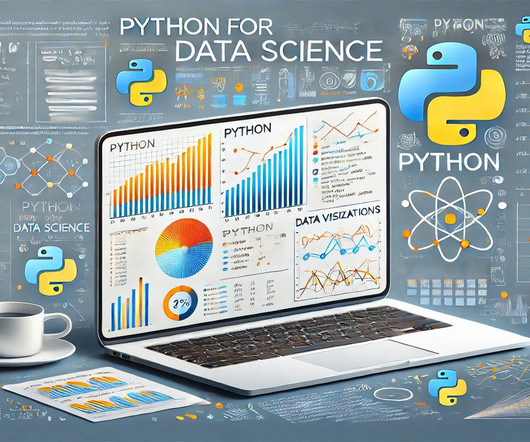
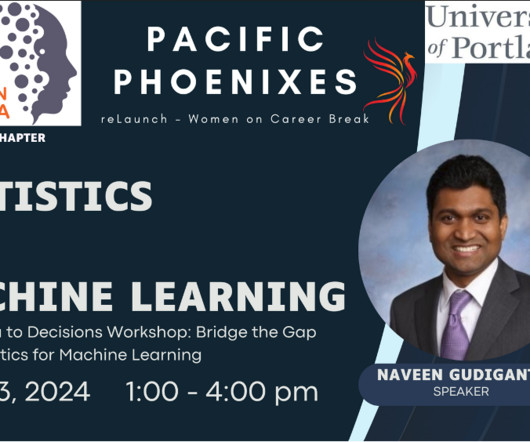
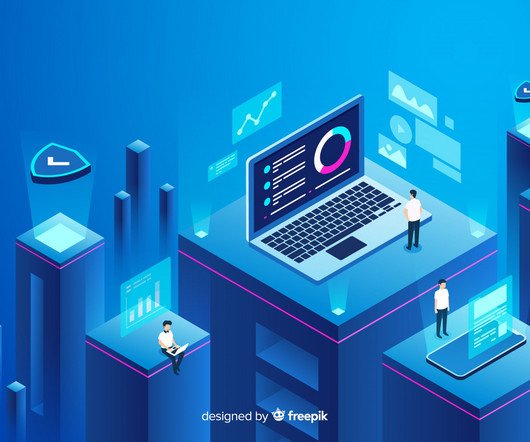
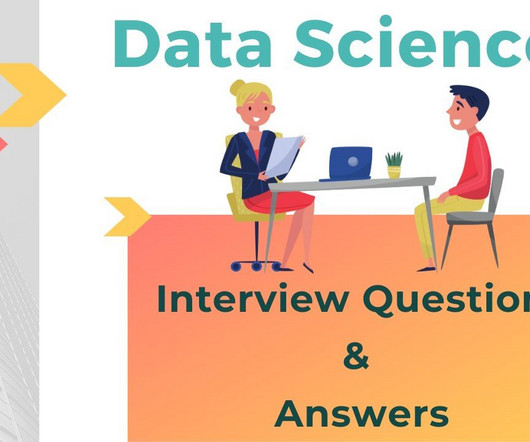
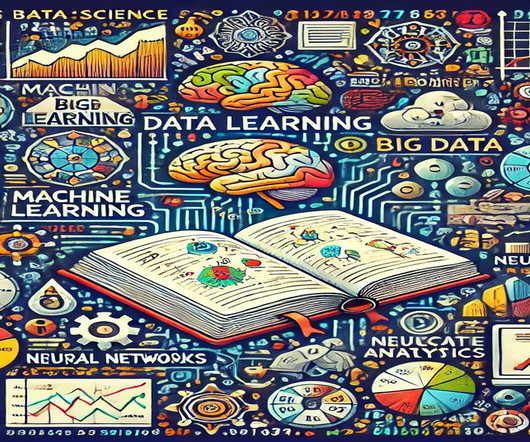






Let's personalize your content